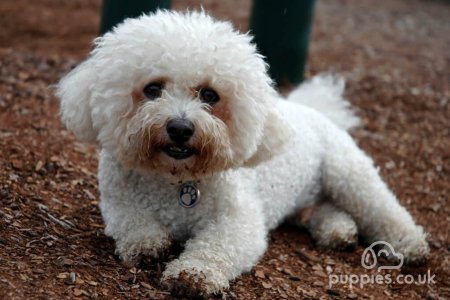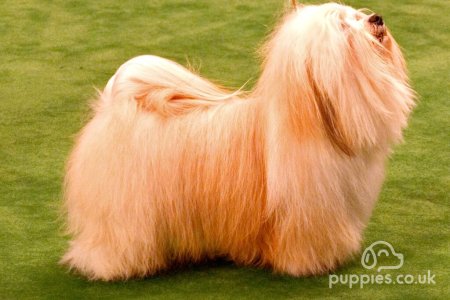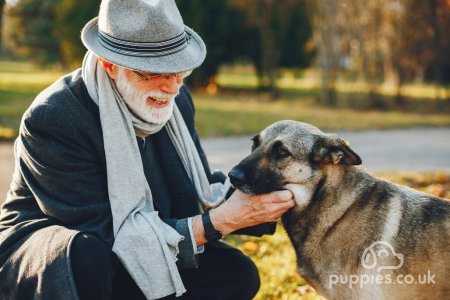What Is Selective Breeding In Dogs?

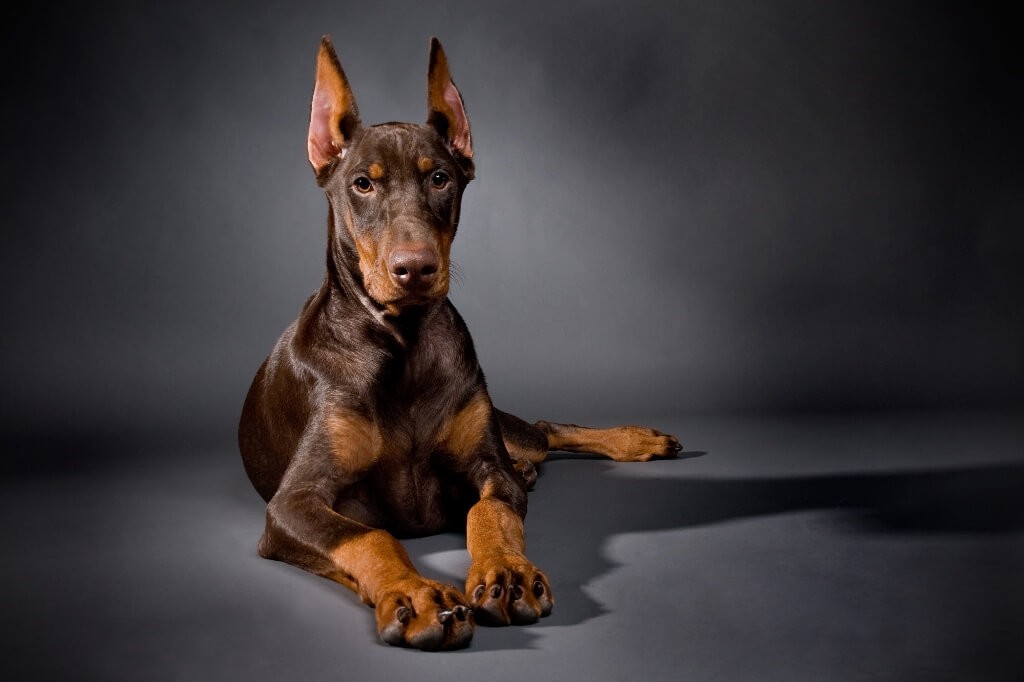 Attribution 2.0 Generic (CC BY 2.0) - Tim Johnson
Attribution 2.0 Generic (CC BY 2.0) - Tim Johnson
There are around 400 dog breeds in the world and selective breeding is responsible for the huge variation in their size, appearance, and temperaments. Purebred dogs are dogs whose parents are of the same breed and purebreds are the most obvious example of selective dog breeding.
Understanding Selective Breeding in Dogs
So what is selective breeding in dogs? It is when the dogs have been purposefully chosen for breeding with the goal of producing, preserving, or removing certain characteristics or traits.
There are a few reasons why people choose to selectively breed dogs. It can be carried out to produce purebred puppies, fix genetic traits, remove certain traits or reinforce a particular skill in the future generations of puppies.
Selective breeding is usually used in cross-breeding too as the breeders will carefully select which dogs they want to use as the parents. However, crossbreeding can also happen through natural breeding where the dogs choose to mate without intervention from humans. To learn more about the difference, read our blog on cross-breeding.
Selective Breeding in Dogs: The History
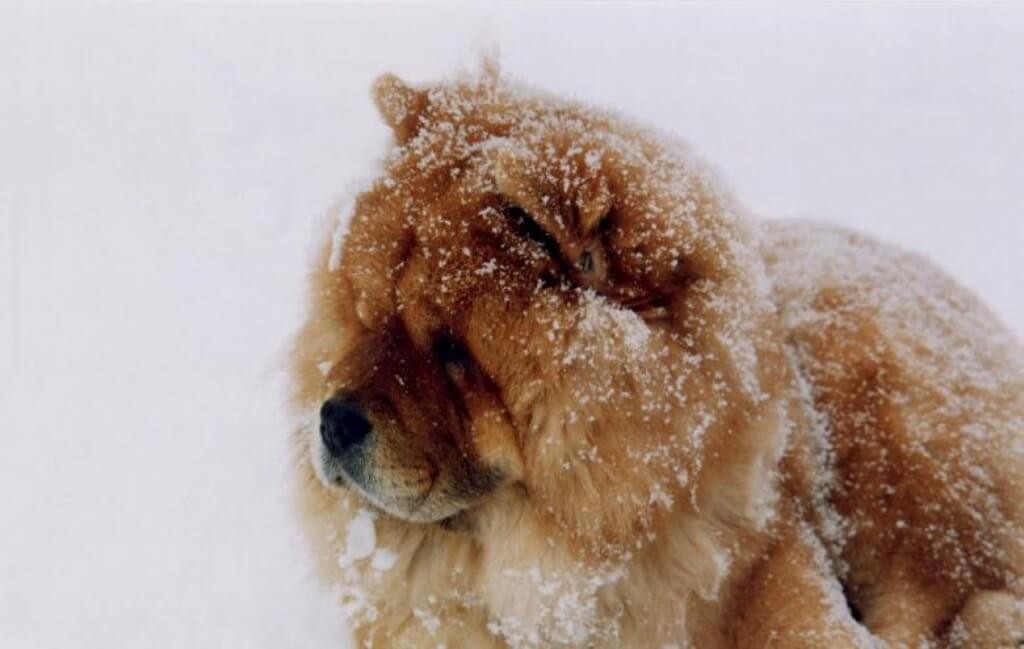
CC0 1.0 Universal (CC0 1.0) Public Domain Dedication - Solange Cabe
Dogs evolved from wolves and the domestication of dogs 6,400-14,000 years ago led to the natural progression of dog breeding. Selective breeding is how we now have hundreds of different dog breeds in the world.
Although breeding as we know it today didn’t come around until the 19th century, it is believed that the Ancient Greeks had made a clear distinction between pets and working dogs with four types of dogs being distinguished from Greek art and writing.
The Romans were thought to be the first to systematically breed dogs and keep records about the various breeds. By this time, there were well-established breed types e.g. guarding, hunting, coursing, shepherding, and companionship.
The first recorded dog breed was the Chow Chow with drawings and paintings of the breed dating back to 206BC. The Chow Chow was formally recognised as a breed by the Kennel Club in 1903.
Kennel Clubs were created in the 19th century, these clubs help identify breed types, monitor bloodlines, and manage dog breeding. Breed standards were also created alongside registries meaning dogs could be bred to a higher standard and bloodlines could be monitored.
The dog breeds we know today are the result of years of selective breeding, which is why each breed has its own distinct characteristics and features.
The Process Of Selective Breeding
The process of selective breeding can be separated into four steps.
1. Two Dogs Are Selected For Breeding
This choice can be based on anything from the specific breed to the appearance, health, or particular characteristics that are considered desirable. Ultimately, the parent dogs will have desired characteristics that the breeder wants to pass on to the puppies.
2. These Dogs Are Bred Together
The parent dogs will be bred together; responsible breeders will only allow the dogs to mate after all of the necessary health tests have been performed.
3. The Offspring With The Desired Characteristics Are Then Bred
Some of the puppies will have the desired characteristics and these would then be used for breeding.
4. This Continues Until All The Offspring Always Have The Desired Characteristics
The process would continue using the puppies with the characteristics being bred until all of the offspring have the desired characteristics.
Advantages Of Selective Breeding
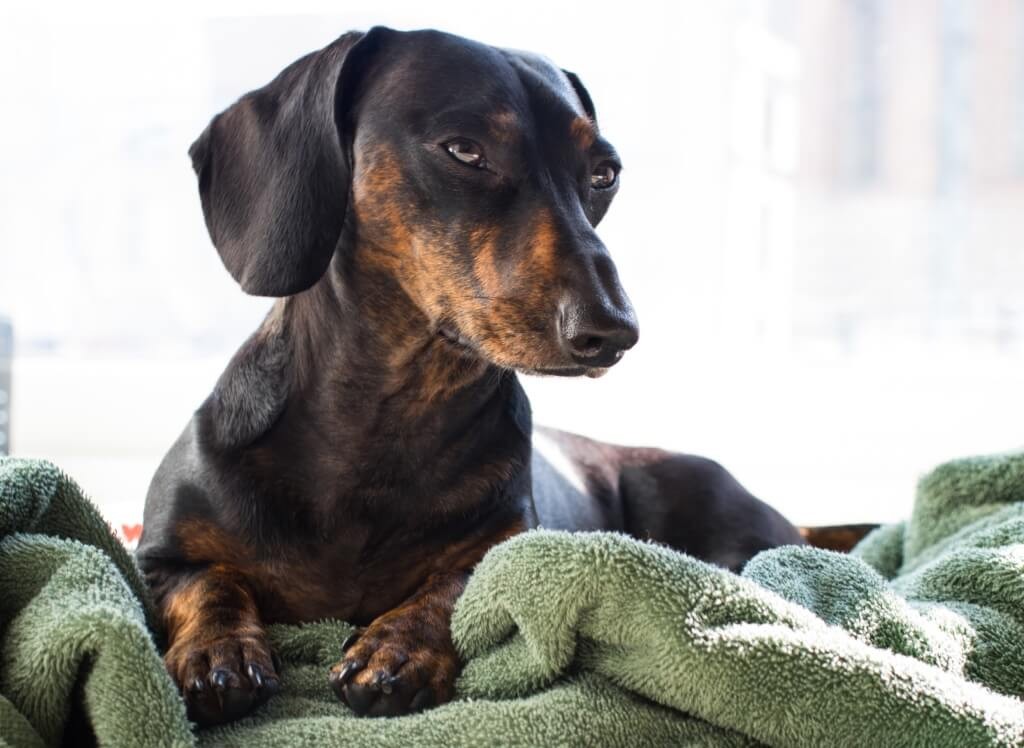
Attribution-ShareAlike 4.0 International (CC BY-SA 4.0) - Misspells wrods
Allows For Specialisation
The parents can be chosen to help embed specific qualities in the puppies such as speed, endurance, size, or intelligence.
Detailed Bloodline Information
A bloodline is when a kennel’s set of dogs share some blood and characteristics over generations. The bloodline information can help you select the best dog for the traits or features you have in mind for the puppies.
Removing Undesirable Traits
Selective breeding can help breed out inheritable conditions, flaws, bad temperaments, and colours or colour patterns.
Predictable Offspring
Carefully choosing the parent dogs makes the appearance, health, and temperament of the puppies more predictable. If selective breeding has occurred for generations then you can be confident in what the puppies will be like.
Purity of Breeds
Anyone who is interested in the pure status of pedigrees or taking part in dog shows and competitions will know how important the role of selective breeding is.
Disadvantages Of Selective Breeding
Lack Of Genetic Diversity
One of the major problems with selective breeding purebred dog breeds is that they have closed gene pools meaning that when you have an issue in the breed there is nothing you can do to rectify it without outcrossing and opening the gene pool.
A good example of this is that dog breeds with flat faces (brachycephalic breeds) are experiencing breathing issues but there is no way to rectify this within the breed because any dogs that did not have the flat face have since died so flat faces are the only option that is genetically available to the breed without opening the gene pool to improve the overall health of the breed.
Inbreeding
Breeding dogs that are closely related can result in desirable traits being passed on but it can also cause diseases to be passed on. Inbreeding is inevitably going to cause issues over a few generations.
As many purebred dogs have been developed from a small group of dogs, inbreeding is an ongoing problem. Breeders need to carefully consider the parents to ensure they do not have common ancestors before breeding.
Popular Sire Syndrome
If there is a particularly popular male that is requested by many breeders this means a lot of offspring will share genetic material. This reduces the diversity of the gene pool and if ancestors of the sire breed in the future it could result in inherited diseases and illnesses.
Desirable Traits May Not Align With The Dog's Health
Selective breeding can benefit humans rather than the animals so the traits that are considered desirable may be harmful to the dog. An example of this is breeding brachycephalic dogs that have a short muzzle; this may look cute but it impacts the dog’s ability to breathe.
Controversy
The ethics of selective breeding often comes into question, especially in regard to purebred dogs. It’s a fair argument as selective breeding needs to be done responsibly, ethically, and with the health and welfare of the dogs in mind.
Common Selective Breeding Problems
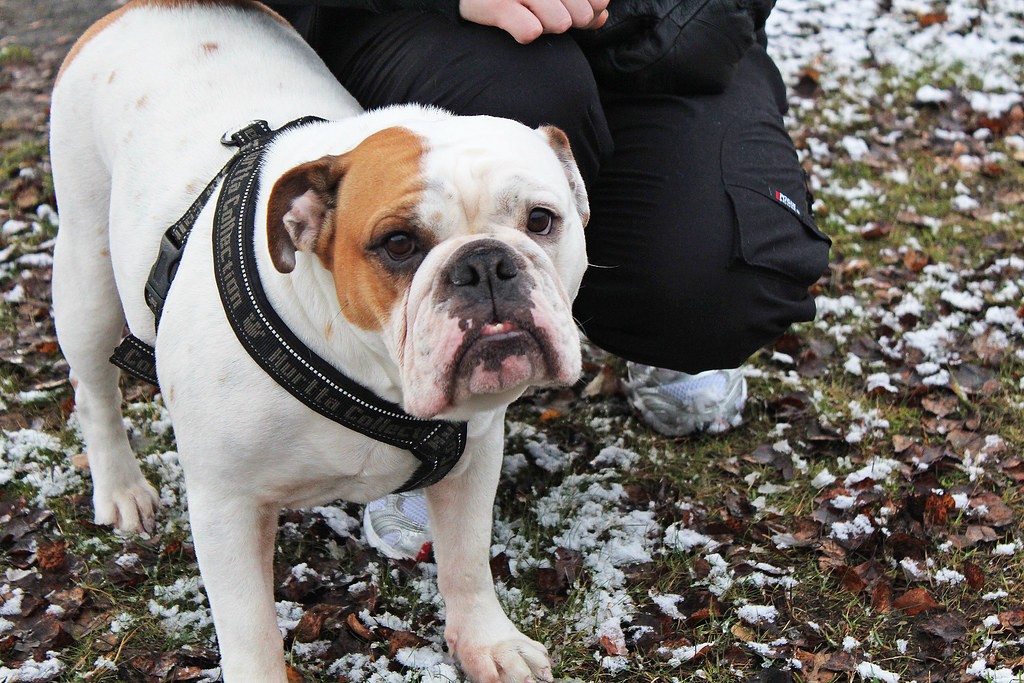
Attribution 2.0 Generic (CC BY 2.0) - Emil_95
Breeding for a specific appearance causes other health problems, for example, selectively breeding Bulldogs for a certain look causes spinal issues, skin disease, breathing problems, and the inability to give birth naturally.
Selective breeding across generations has resulted in a range of common problems in dogs:
Birthing Difficulties - Some dog breeds such as the Bulldog are only able to give birth to their puppies through c-sections, this is due to the breed having a large head, wide shoulders, and narrow hips.
Diabetes - Certain breeds including Australian Terriers and Samoyed suffer from diabetes so their blood sugar levels need to be managed.
Skin Problems - There are many skin problems in dogs that are caused by selective breeding, for example, the loose skin of Shar-Peis is prone to skin infections and many terrier breeds including the Boston Terrier are prone to atopic dermatitis.
Blood Disorders - Basset Hounds and Dobermans suffer from blood disorders that cause problems with clotting. Other dogs including Cocker Spaniels are known to suffer from high blood pressure.
Cancer and Brain Tumours - Large dogs are at higher risk of cancer because of their size, particularly bone cancer and leukaemia. The Scottish Terrier is more likely to get bladder cancer than other dogs.
Bone-Related Problems - Larger dogs such as German Shepherds are known to suffer from issues with their spinal cord and hips. On the other side of the scale, some smaller dogs such as Dachshunds suffer from bowed legs as a result of their short legs and toy dogs are more likely to suffer from dislocations of the kneecap.
How To Prevent Health Problems In Purebred and Pedigree Dogs
Find A Responsible Breeder
A responsible breeder will carefully select the parent dogs and will ensure they get the relevant health tests before they are used for breeding. This will help reduce the risk of certain inherited health problems.
Research Or Speak To Your Vet About Common Breed Problems
Some breeds are more likely to suffer from health problems than others. It’s important to research and be aware of the conditions the breed you are considering may face before you buy a puppy.
Choose Healthier Pedigree Dogs
Make sure you choose a puppy from a breeder that has health tested the parent dogs and look at the parents and the puppies for abnormalities or signs of health problems.
Equally, it’s important to think about the cost of owning a purebred dog. After all, it can be more expensive to insure a pedigree pup than a crossbreed due to the increased risk of health conditions.
Looking For A Puppy?
Find your next puppy from responsible breeders with Puppies.









